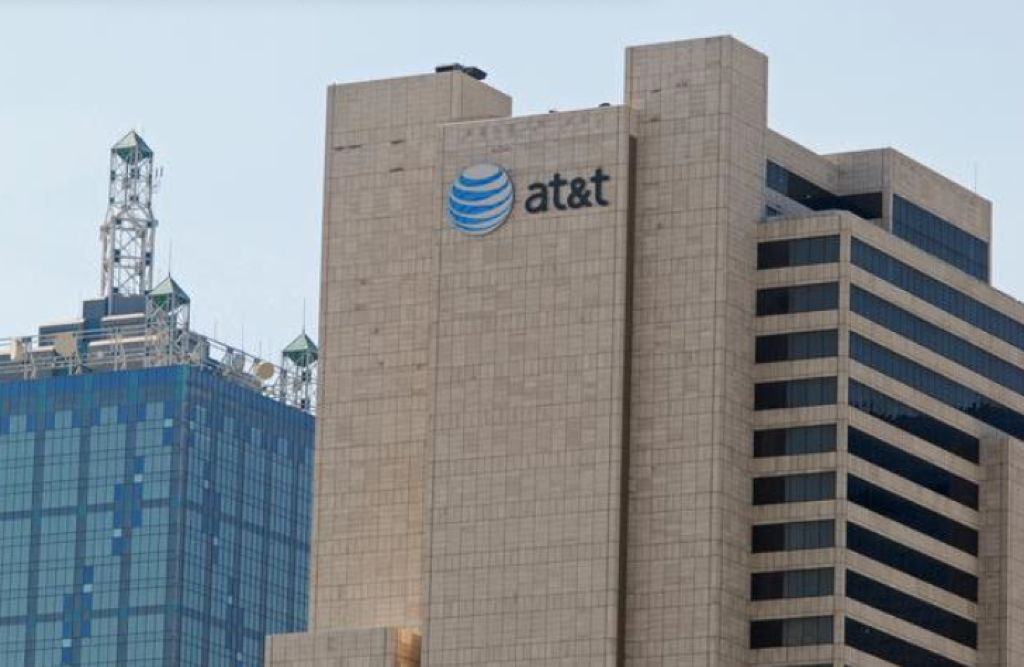WASHINGTON, Oct. 23, 2025 – With stable policy, rising demand, and $90 billion invested, private broadband continued to boom.
U.S. broadband providers invested $89.6 billion in communications infrastructure in 2024, which sustained near-record levels even as interest rates climbed, according to the USTelecom 2024 Broadband Capex Report.
The trade group said cumulative private investment surpassed $2.2 trillion since 1996, and called broadband one of the nation’s most capital-intensive industries and a foundation for AI-driven growth.
USTelecom described the current surge as part of a five-year “AI and advanced-tech era” marked by fiber expansion, rural reach, and 5G densification. Despite tighter capital markets, providers maintained aggressive spending to meet demand for higher-capacity networks supporting cloud computing, streaming, and artificial-intelligence applications.
Investment patterns have evolved through five phases – from the post-1996 Telecom Act boom to the streaming and mobile revolutions – and now toward AI-enabled connectivity. The 2020–24 period recorded the highest annual averages on record, second only to the dot-com era.
The report credited policy stability for keeping capital flowing, and said pro-investment regulation had encouraged large-scale private builds.
“When regulation supports long-term planning, capital flows into upgrades,” the group said, and framed stable policy as essential to maintain U.S. digital leadership.
Providers faced higher borrowing costs and tighter credit in 2024 but offset pressures by using inventory built up during supply-chain disruptions. Competition and surging demand for faster broadband kept investment steady across the industry.
According to the Fiber Broadband Association, U.S. providers passed 10.3 million homes with fiber in 2024, bringing total availability nationwide to more than 88 million homes. The group said fiber now reached about half of all U.S. households and continues to expand across rural and urban markets alike.

